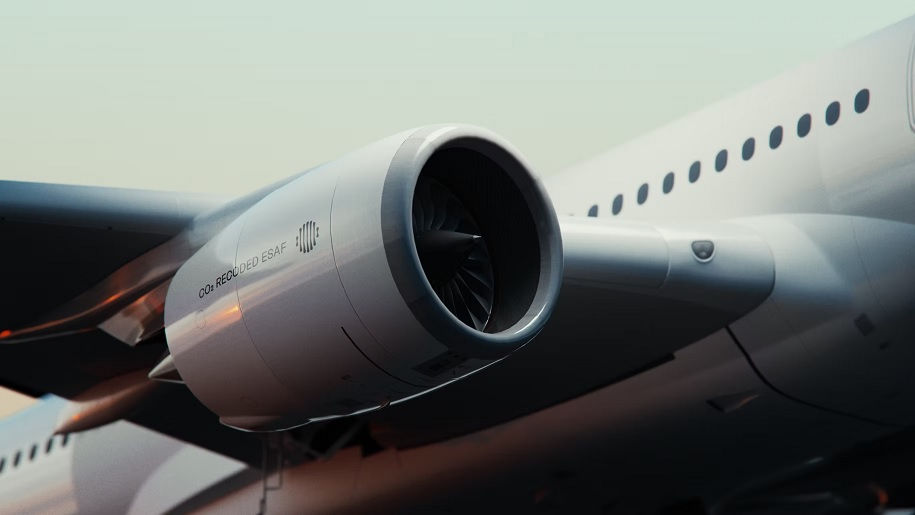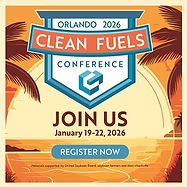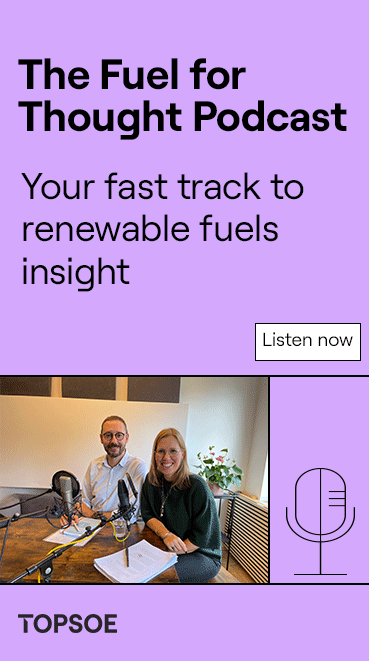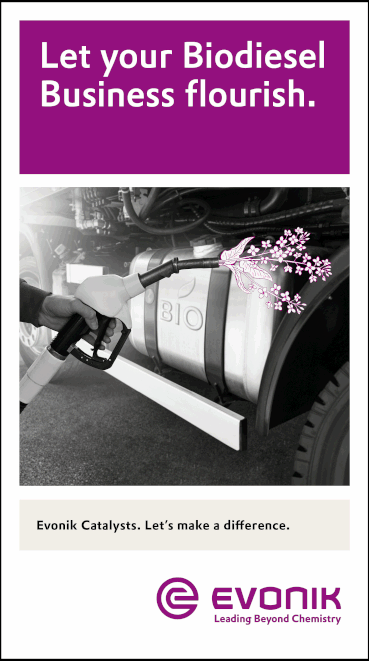Liquid Sun launches eSAF production pilot with ABB, Finnair, Fortum and Finavia
- Liquid Sun
- Aug 21
- 3 min read

Finnish company Liquid Sun is launching a globally unique pilot project to produce renewable, sustainable aviation fuel (eSAF) from biogenic CO2 emissions.
Originating from research at Tampere University, Liquid Sun has developed an innovation based on low-temperature electrolysis (LTE) technology that converts CO2 emissions and renewable hydrogen into eSAF.
For this pilot, Liquid Sun has partnered with Finnair, ABB, Fortum and Finavia.
In Finland, biogenic CO2 emissions are generated, for example, by the forest industry and biogas plants.
The pilot electro-fuel production unit, to be located in Espoo, will be fully operational this fall.
This is the first precommercial production pilot of its kind, aiming to establish a functioning ecosystem and value chain for synthetic fuel production in Finland.
In this collaborative project, the companies will jointly develop eSAF production, conduct validation, and build capabilities for globally scalable processes to secure the future supply of domestically produced sustainable aviation fuel.
“Finland has the opportunity to become a leading producer in the rapidly emerging sustainable aviation fuel market,” said Pasi Keinänen, the CEO of Liquid Sun. “To achieve this goal, it is critical that the project brings together industrial partners across the eSAF value chain with a shared ambition to accelerate the transition to sustainable fuels.”

At the beginning of 2025, the EU aviation blending mandate entered into force, requiring the gradual increase of renewable fuel use in aviation through 2050.
From 2030, the mandate will expand to include fully synthetic fuels made from CO2.
By 2050, the blending requirement will rise to 70 percent, of which half must be eSAF.
The mandate applies to airports with at least 800,000 passengers or 100,000 tons of cargo annually.
In Finland, this includes Helsinki-Vantaa and Rovaniemi airports.
“As the owner of Finland’s airports, we at Finavia want to do everything we can across the aviation value chain to support more sustainable air travel,” said Henri Hansson, an executive with Finavia. “This means bold climate collaboration with our stakeholders, and actively understanding and testing new technologies across our airport operations.”
Due to this regulatory framework, Finland has a unique opportunity to become a leading producer of renewable aviation fuels.
The Finnish forest industry alone generates 20 million tons of biogenic CO2 annually, with additional emissions from biogas plants.
These diverse sources enable decentralized eSAF production, which in turn strengthens energy security and balances electricity grid load nationwide.
“Aviation is one of the hardest sectors to decarbonize, and its energy transition will require new innovation and collaboration across the value chain,” said Riku Aho, Finnair’s vice president of energy transition. “We want to contribute to developing Finland’s capability in synthetic aviation fuel production while advancing the industry’s carbon-neutrality goals.”
Satu Sipola, the vice president of hydrogen and project execution at Fortum, added, “Fortum’s target is to help societies to reach carbon neutrality and our customers to decarbonize their processes. For aviation fuel production, we are pleased to offer renewable energy and, in the future, hydrogen from the pilot plant we are currently building.”
Simo Säynevirta, ABB’s head of the H2 Springboard ecosystem, said, “The goal of ABB Oy’s H2 Springboard program is to promote the development of Finland’s hydrogen-economy ecosystem and to accelerate the scaling of hydrogen technology solutions. The Liquid Sun project is an excellent example of broad ecosystem collaboration for developing pioneering solutions.”
Keinänen with Liquid Sun concluded, “There is a technological race underway to deliver cost-efficient and scalable solutions, and Finland’s conditions and capabilities are highly favorable. We believe rapid piloting and validation is the right approach when building an entirely new industry for synthetic fuels. If successful, this project can give Finland a significant competitive advantage.”


































